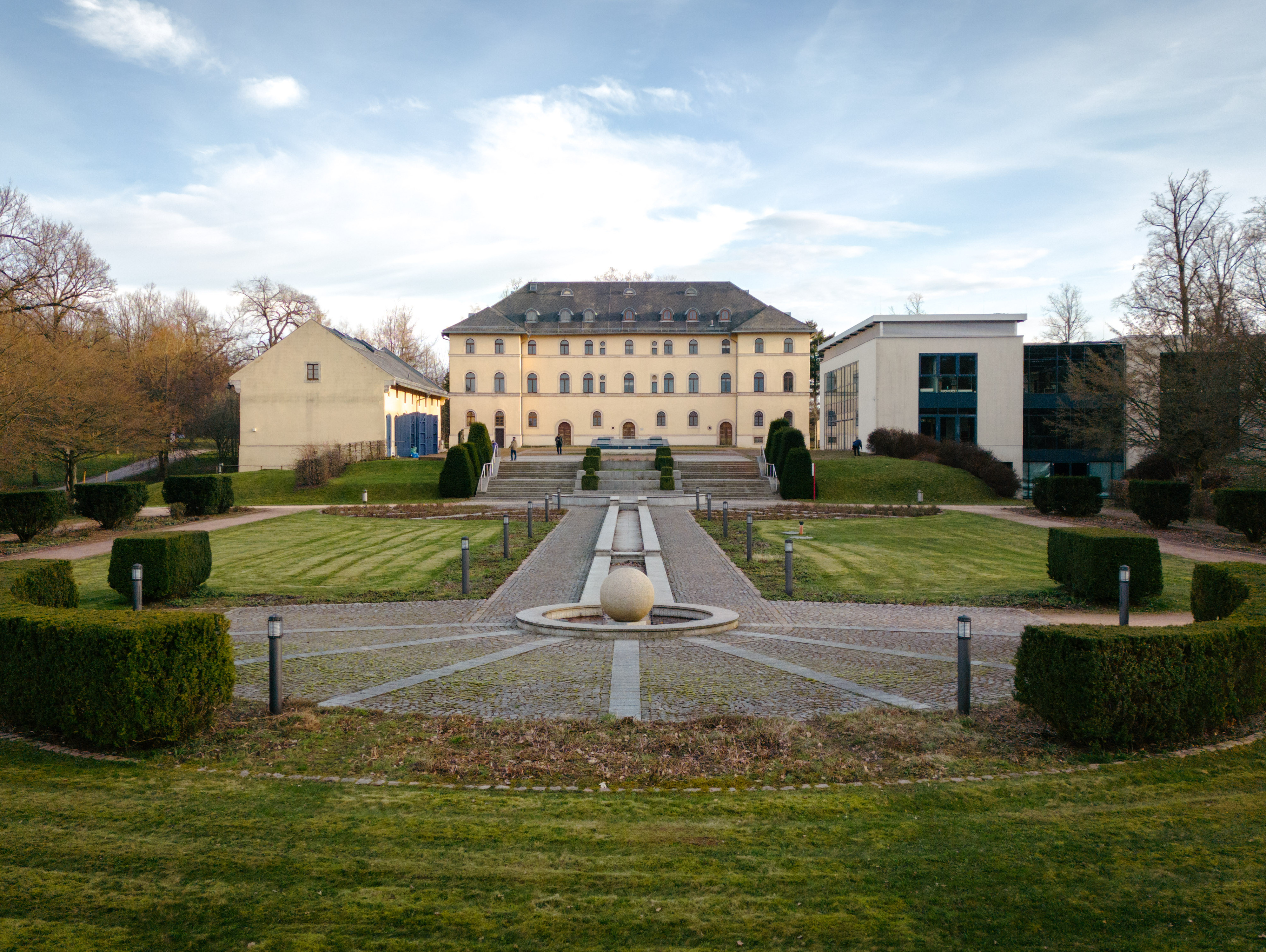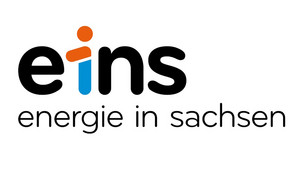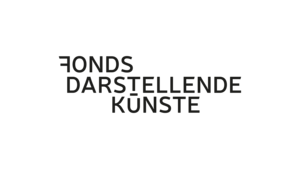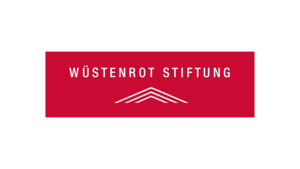Display cases, plinths, lamps, monitors and object descriptions - everything is still in its place. What's missing are the exhibits. From 17 to 27 August 2023, the Begehungen art festival invites you to rediscover these abandoned rooms in Palais Lichtenstein/Saxony, the former Daetz-Centrum.
Courthouse, widow's palace, prisoner of war camp, refugee accommodation, apartment block, exhibition venue - this incomplete list illustrates the eventful history of the building. The festival title "etcetera pp." is intended to continue this list symbolically and at the same time refer to the possible future of the property.
This year's edition of the Begehungen art festival focuses on the history of the Lichtenstein Palace and the theme of collecting. The team is therefore now looking for interesting collections from the citizens of Lichtenstein.
"The starting point for the idea was that the people of Lichtenstein have only been able to view one person's collection over the past 20 years. This collection has now moved out, leaving a strange vacancy," says festival spokesperson Lars Neuenfeld, explaining the situation in the former Daetz Centre.
"Many people collect things. We are actually interested in all collections, because ultimately we also want to address the question of what actually makes a collection valuable, i.e. why one collection makes it into a museum while another remains in the garage."
The festival team is not only interested in the objects, but also in the stories behind them. "We are interested in the passion associated with collecting. But the extinction of this passion is just as interesting. That's why we are also looking for stories about collections that have been lost, given away or left behind somewhere." The aim is to integrate a selection of these into the festival.
History of Palais Lichtenstein
The house was built in 1843 as an office building for the neighbouring castle of the Princes of Schönburg. Until 1889, it served as a courthouse and prison, and later as a widow's palace, prisoner-of-war camp, refugee accommodation and apartment block, among other things. It was renovated in the run-up to the first State Garden Show in 1996. Following the decision to house an international wood art exhibition in the building, it was renovated and extended with a new building. in 2001, the exhibition opened under the name Daetz Centre, named after the founder of the collection, Peter Daetz. The wood art exhibition had to close in 2018 and the collection left the building in 2022. Establishing the location as Kultur.Palais.Lichtenstein is a key concern of the city administration for the coming years.
The BEGEHUNGEN art festival
The festival was founded in 2003. At the first edition, twelve empty shops in the Sonnenberg district of Chemnitz were the venues for a photography exhibition. In the following years, the festival moved to the Brühl, a largely abandoned shopping boulevard at the time, for several years, grew continuously and opened up more and more to other art genres. Since 2010, the art festival has changed its venue every year. Since then, a former prison, empty cultural centres, abandoned allotment gardens, an old brewery, disused department stores and railway stations have all been venues for the festival.
The Begehungen art festival is an official part of the European Capital of Culture 2025 Chemnitz programme. The festival will take place in the cultural region around Chemnitz between 2022 and 2024 as part of a process leading up to the Capital of Culture year. in 2022, 12,000 people visited the former Erzgebirgsbad in Thalheim for the premiere of this format. The festival is largely organised on a voluntary basis by the members of Begehungen e.V. and many helpers.










































